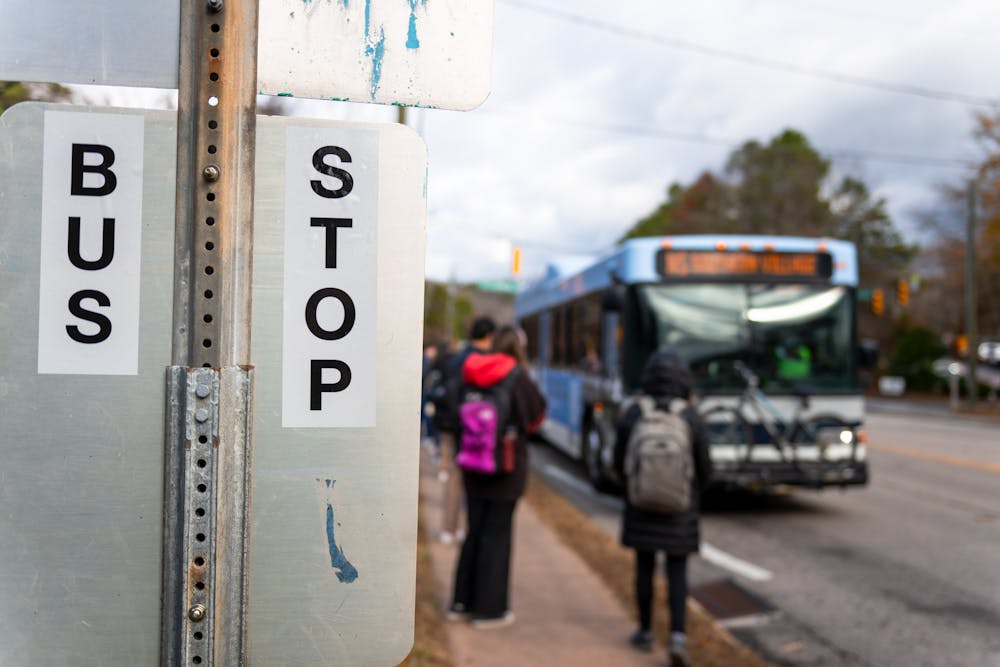When Matthew Bhagat-Conway moved to Chapel Hill three years ago, he knew he did not want to drive to work every day.
To commute to his job as an assistant professor of city and regional planning, he biked to UNC’s campus most days. He now lives in Durham and takes a bus to work.
Bhagat-Conway said, because he can afford to live close to a major transit route, he saves money on car-related expenses. But, not everyone has the luxury of avoiding driving, and housing costs are often higher where public transportation is more accessible, Baghat-Conway said.
Households in car-dependent neighborhoods spend up to 25 percent of their income on transportation, compared to nine percent in neighborhoods with more alternative options, according to the HUD. Most Chapel Hill residents spend 65 percent of their income or more on housing and transportation combined, according to the Housing and Transportation Affordability Index.
Caroline Dwyer, Chapel Hill Transit planning manager, said Chapel Hill Transit has a somewhat limited service that primarily serves the denser parts of Chapel Hill and Carrboro, and that housing costs are often higher in areas with accessible transit.
“We don't really provide much service in some of the further areas, and as we get deeper into neighborhoods, where there's more houses and fewer other activities, we do tend to have less service,” she said.
Chapel Hill Town Council member Melissa McCullough said she is looking toward prioritizing transit-oriented development and increasing housing density near transit routes.
In August, the Town finalized its plans for the North-South Bus Rapid Transit line, an 8.2-mile route that will run from Southern Village to Eubanks Road along one of the busiest commuter routes in Chapel Hill. The town council also recently approved an extension of its water and sewer boundary to increase housing south of Southern Village.
“If we can have people who are living where they can hop on the BRT to get into work or school, instead of living farther out and driving that route, it will help with the traffic, it will help with the air emissions, it will help with our tax base and it will help the people who get to move there,” McCullough said.




